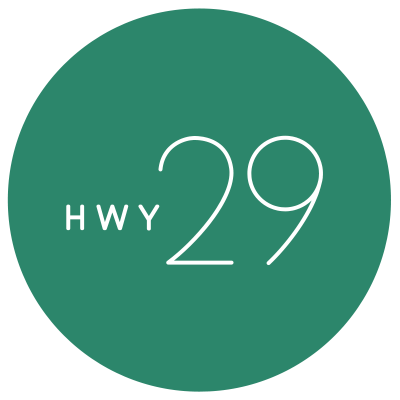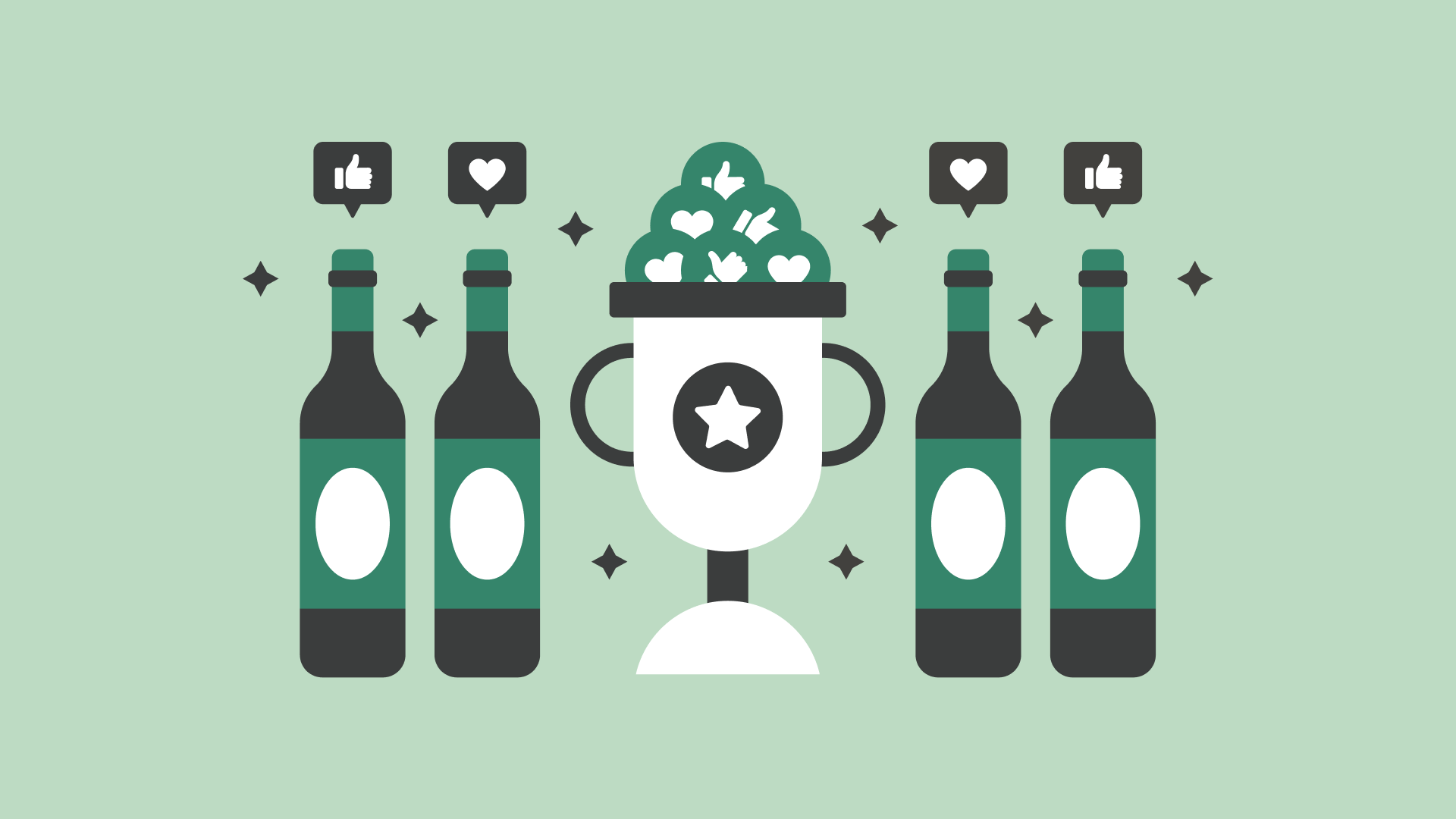Social Media Marketing: Promoting Wine on Social Media Platforms
In the digital age, having a presence on social media platforms is not just an option — it's a necessity. However, understanding how to navigate the extensive and ever-changing landscape of social media can feel daunting, especially for winery owners without a background in social media marketing. This blog is a guide to help you choose the right platforms for your business, create messages that resonate with your audience, and set realistic goals for your social media activities.
While your winery almost certainly is on social media, being present and posting is only sometimes effective. There are a few checks that are worth performing, especially as audiences evolve and new platforms emerge. Five years ago, TikTok was not a question for social media marketing. Now, if you're a winery, it's a serious platform that may or may not be important to your marketing.
Choosing the Right Social Media Platform
Audience Engagement
You wouldn't plant grapes in soil that doesn't support their growth, so why would you invest in a social media platform that your target audience doesn’t use? Understanding where your audience is most active and engaged will help you decide where to allocate your resources. Look for engagement rates, demographic data, and user behavior patterns to identify the best platforms for your winery. Just remember that your customers don't always use the same social media platforms that you do.
Each platform comes with its own set of rules and best practices for posting frequency. While Instagram requires more visual and frequent posts, platforms like LinkedIn are suitable for less frequent but more in-depth articles or updates. Gauge the time and effort you can invest in maintaining your social media presence and select the platforms accordingly.
Nuances of Social Media
Social media platforms may seem similar, but each has a unique algorithm and type of user behavior. For instance, hashtags are very effective on Instagram but may not yield the same results on Facebook. Understand the nuances to make the most of each platform's features. Most platforms are also multimodal; it's easy to remember to take photographs and post them, but platforms like Instagram have many different formats like Reels and Stories posting videos with wide-ranging performance.
Takeaway: It's essential to leverage data analytics to determine which social media platforms your target audience frequents the most. This insight will help you make informed decisions about where to focus your marketing efforts. Additionally, it's crucial to select platforms based on both your goals and the amount of time and resources you can realistically dedicate to social media engagement. Finally, remember that each platform has its own unique features and audience behaviors; tailor your social media strategy to align with these specific nuances to maximize effectiveness.
Importance of Messaging Direction
Brand Alignment
Consistency is key in any brand’s messaging. Refer back to our earlier blogs about understanding your target audience and aligning your brand to meet their expectations. Your social media messaging should mirror your brand and present it well to your social media audiences.
At its core, wine is an experience. Your messaging should strive to connect on an emotional level with your audience. Create narratives or stories around your wines, vineyards, or the wine-making process that evoke emotions and create memorable experiences.
Takeaway: Your social media messaging should serve as an extension of your brand identity, encapsulating the values and ethos your brand stands for. Moreover, it's crucial to craft content that not only informs but also evokes emotional responses and fosters memorable experiences. This will resonate more deeply with your audience, enhancing engagement and fostering brand loyalty.
Managing Expectations
Organic vs. Paid Reach
When it comes to social media, reach is categorized into two types: organic and paid. Organic reach refers to the number of people who see your post without paid promotion, while paid reach is the opposite. On Meta platforms like Facebook and Instagram, organic reach is currently capped at around 2%. Knowing this will help you set realistic expectations for your posts' performance. It's important to remember these platforms are pay-to-play — their business is in providing attention to the people who pay for it.
Realistic Growth
A consistent and engaging social media strategy can help you achieve about 3-6% growth in organic reach. The amount of time spent every day on the social media platform and the amount of content posted significantly affects this performance, which varies from platform to platform overall. It's vital to continuously engage with your audience through comments, shares, and direct messages to maximize this potential.
Boosting posts is an effective strategy to quickly expand your reach and engagement levels. By investing a small budget, you can substantially amplify your posts, attracting more views, clicks, and with enough reach, conversions.
Takeaway: Manage your expectations when it comes to organic reach on platforms like Meta, which currently caps it at around 2%. However, with ongoing, regular engagement both with your audience and with other profiles, you can anticipate a reasonable growth rate in organic reach of around 3-4%. If you're looking to accelerate this growth and further increase engagement, consider boosting your posts as an effective strategy.
Social media is a powerful tool for promoting your winery, but like any tool, its effectiveness depends on how well you use it. By choosing the right platforms, crafting a consistent and emotionally resonant message, and managing your expectations realistically, you can make social media a cornerstone of your winery's marketing strategy. Take these key takeaways to heart, apply them to your business, and watch your brand flourish.
Not sure where to begin? No problem!
At Highway 29 Creative, we’ve worked with wine brands of all sizes and maturities, from a fifth-generation iconic California brand to a new online wine upstart, helping them develop new marketing messaging that stands out and speaks directly to their customers. Learn more.


